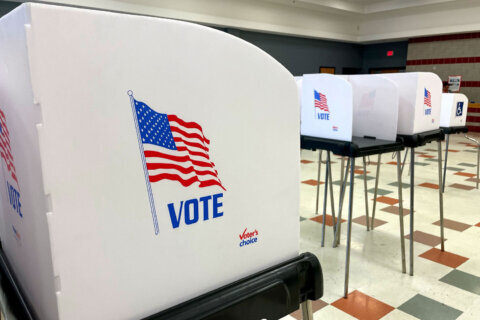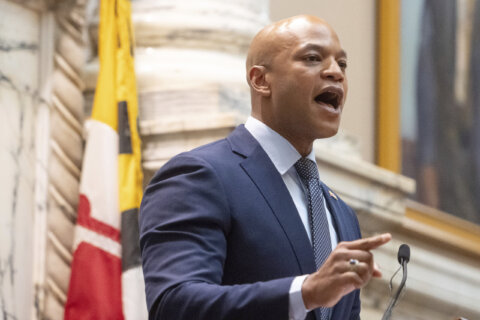Maryland’s approach to reading instruction for the state’s youngest children has been evolving over the past few years.
In the 2020-2021 academic year, the state’s “Ready to Read Act” went into effect. It required screening of all incoming kindergarten students to check whether a student could be at risk for reading difficulties.
In July, outgoing State Superintendent of Schools Mohammed Choudhury outlined the state’s approach to the “Science of Reading” in a memo to the Maryland State Board of Education. In that July 21 memo Choudhury wrote, the method “outlines essential components of effective reading instruction,” including an emphasis on phonics.
Choudhury said that stands in contrast to what is known as the balanced literacy approach, one that “often lacks rigorous, evidence-based foundations.”
Since then, Choudhury resigned and took a post as an advisor to the state’s Board of Education and Carey Wright was named the interim superintendent. Wright, who oversaw a turnaround of student performance in what’s been termed the “Mississippi Miracle,” has been an advocate of the phonics-heavy reading approach.
In an article in The Baltimore Banner, Wright, who also worked in public schools in Montgomery and Prince George’s County and in D.C., was quoted as saying she was not “adverse” to adopting a law calling for the science of reading approach to be adopted.
The push raised questions about which approach is best, and whether schools that have been using the balanced literacy approach has left students behind.
Shelly Huggins, a clinical professor and the director of the reading clinic at Towson University, told WTOP in an interview that “there’s not one science of reading.” The complexity of learning to read requires educators to look at each learner individually.
“We believe in systematic phonics. That is a way for us to demystify what is happening in the decoding process. It’s just not the only way,” she said, adding that “one system doesn’t work for every child.”
Huggins said there is valid reason to emphasize the importance of solid reading instruction for the youngest students. “There is an urgency” to help students develop reading skills by the age of 9, otherwise gaining lost ground can be difficult, she said.
While the debates over which system is most effective continue, Huggins said the best thing parents of very young children can do is read to their children. And that can start in infancy, with plenty of lap time. And reading as an activity — not a chore — should be encouraged and continue as a child grows.
“Keep reading, keep talking. Do audiobooks. Belong to your public library and all the services that they provide,” she said.
When concerns about reading crop up, Huggins urges parents to keep in touch with their child’s teacher, “and seek assessment and advice about their child’s progress.”
The key, said Huggins, is giving children a strong foundation “of making the connection to reading as meaningful and engaging.”








